Solar lentigines, also called age spots or liver spots, are small dark patches on your skin. The size may vary, and they will generally show on the shoulders, arms, hands, or face even. The areas that see the most sun. These spots can be common in those over fifty. Younger people can also get them, this is very true if they spend a lot of time outdoors, in the sun. Some age spots may look cancerous, but most are truly harmless and require no treatment. For cosmetic purposes, age spots can get lightened and even removed.
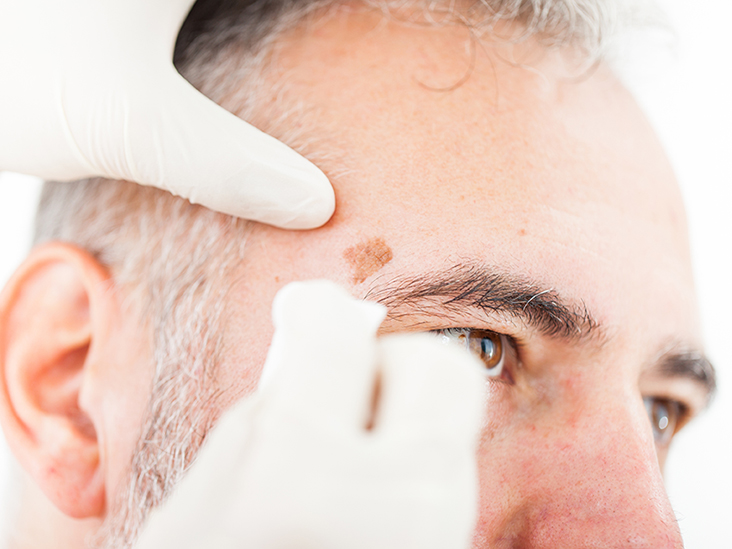
What Causes Age Spots on Face?
Overactive pigment cells are the root of age spots. Melanin can have an acceleration in production from ultraviolet light. Age spots appear as clumps in areas where the skin gets high sun exposure, causing more concentration of UV. Tanning beds and commercial tanning lamps can contribute to age spot development.
Risk Factors
Any person can get age spots, though you have a larger chance of developing them if:
- You have light skin or red hair.
- You have a history of intense or frequent sun exposure.
When to See a Doctor
Generally speaking, age spots on face are perfectly harmless and won’t require attention. You can have your doctor inspect anything that has changed in appearance. This can be a sign of melanoma, which is a form of serious skin cancer.
It is best to have spots checked, especially if they are:
- Dark pigments
- Spots with irregular borders
- Spots increasing rapidly in size
- Unusual spot colors
- Itching, redness, tenderness or bleeding
How to Remove Age Spots from Face
For those looking to make their age spots less noticeable, there are treatment options. The pigment is located at the top layer of skin, which means your treatment will need to penetrate this. Some treatments include:
Medication
You can try prescription creams with bleaching agents alone, or combine them with retinoids. This is a mild steroid that will slowly fade the spots over several months. You will need to use a broad-spectrum sunscreen of at least 30 with these treatments. Treatments may result in redness, burning, itching or dryness.
Intense Pulsed Light Therapy and Laser Treatment
Intense pulsed light therapies and laser treatments destroy melanin-producing cells (called melanocytes) without hurting the surface of your skin. These treatments usually require two or three sessions. Once treatment has occurred, the spots will fade after a few weeks. There are a few side effects, such as discolored skin. Be sure to wear sun protection after receiving this therapy.
Freezing or Cryotherapy
This involves a swab that is cotton-tipped to apply liquid nitrogen or other freezing agents to get rid of the surplus pigment. Once it heals, the skin may seem lighter. This freezing is usually on single spots, or small groups. This treatment can cause irritations and may even risk discoloration or permanent scarring.
Microdermabrasion and Dermabrasion
Dermabrasion is when the surface layer of your skin gets sanded down with a brush that rotates rapidly. This can remove the surface, allowing new skin cells. You may need to repeat the procedure. There may be temporary redness or scabs from treatment. Microdermabrasion isn’t as aggressive, giving a smoother appearance on skin. There may be several procedures over a few weeks. Those with rosacea, or red veins in their face are cautioned it could make it worse.
Chemical Peel
This is a procedure that burns the outer skin layers by using acid, lightening age spots. It may take a few treatments before you notice a change. It is strongly recommended to use protection in the sun. There may be temporary redness, as well as a risk of permanent changes in skin color.
Treatments for age spots can be considered cosmetic and therefore your insurance may not cover it. These procedures may have side effects, so be sure to consult with your doctor before undergoing one.
Home Remedies for Age Spots on Face
1. Lemon Juice
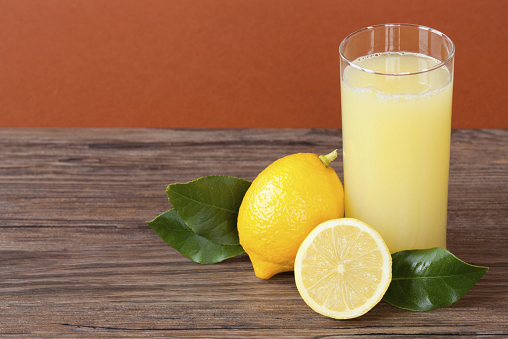
Citric acid, found in lemon juice, can help to bleach age spots. Use a small dab of fresh lemon juice right on the age spot, allow to sit thirty minutes before you wash it off. Do this twice daily and you should see results in a month or two.
Note that lemon juice can make your skin sensitive to sun. This could make age spots worse, so make sure to wash it off before going out in the sun. Some people may be sensitive, you can dilute it with rosewater or regular water to avoid irritation.
2. Buttermilk
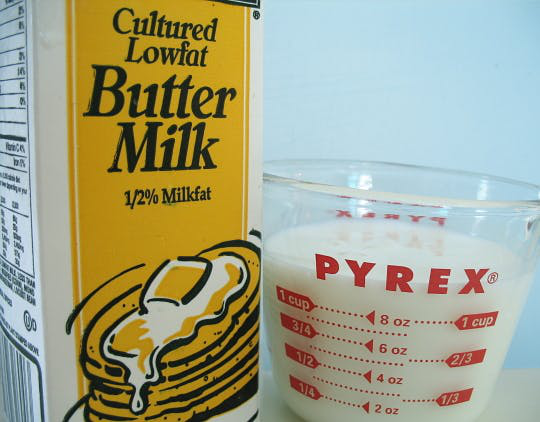
There is lactic acid in buttermilk. This can also bleach the skin like lemon juice. Use it directly on age spots and leave for fifteen to thirty minutes and then rinse off. Repeat twice daily.
If your skin tends to be oily, mix your buttermilk with some lemon juice then apply. This will help keep your skin from getting greasier.
To increase the benefits, add tomato juice to your buttermilk. There are added bleaching properties in the tomato juice that will help reduce age spots.
3. Yogurt and Honey
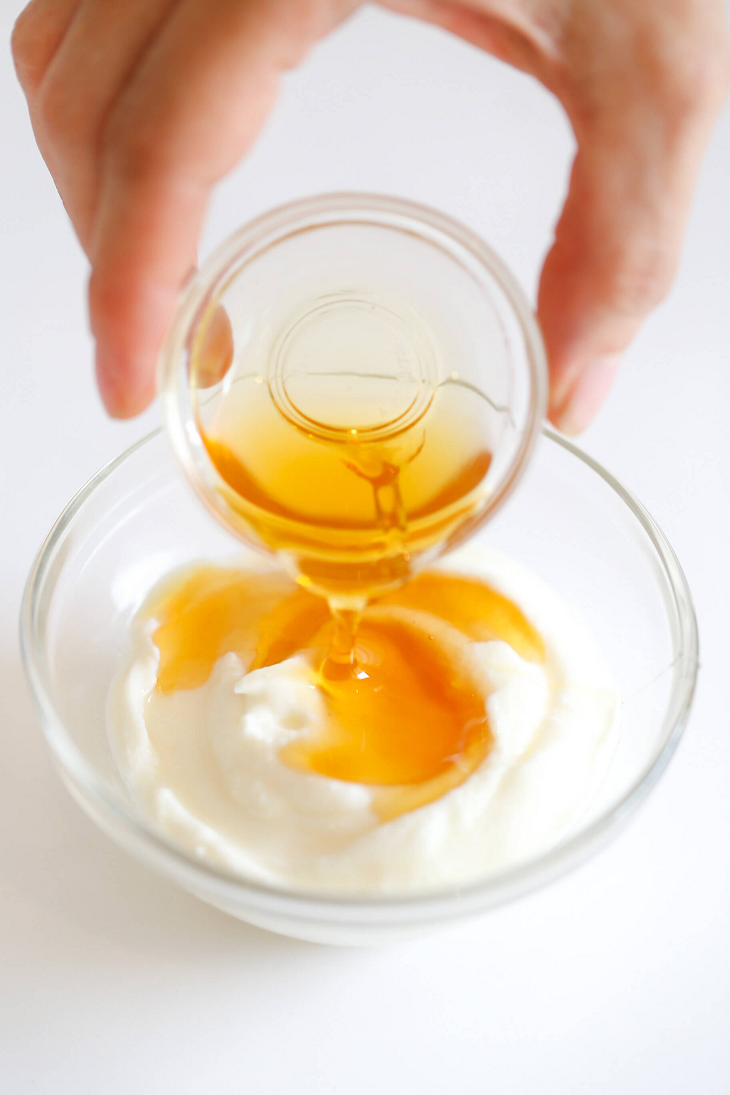
There are many that believe yogurt and honey applied right on the age spots can benefit you. Leave this on for about twenty minutes before rinsing off. Repeat twice daily.
4. Apple Cider Vinegar
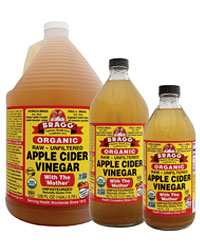
True apple cider vinegar has a ‘mother’ in it and should be organic for the most benefits. There are many things apple cider vinegar is used to help, including age spots on face. Apply the liquid directly to the age spots and leave for a half an hour before rinsing. Use this once a day because it can dry your skin out. In about six weeks you should notice a difference.
For increased benefit, add onion juice to your apple cider vinegar in equal parts. Get onion juice from pushing onion through a strainer. Apply this mixture directly to age spots.
5. Aloe Vera
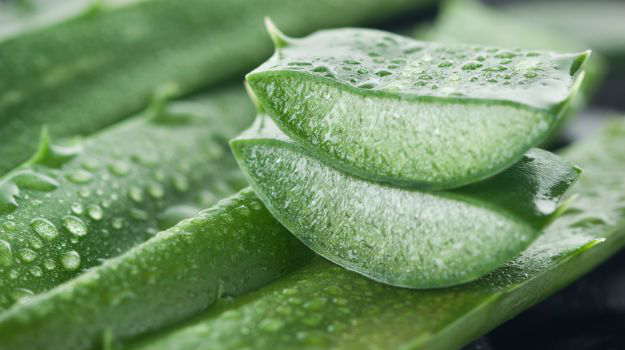
Aloe Vera is used regularly for treatment of skin ailments such as age spots. Use a bit of fresh gel direct from plant and place on the age spot, let it soak in.
Aloe is so gentle, there isn’t a need to rinse it off. You may want to just because it can be sticky. If you don’t have a plant, you can get fresh juice at the health food store.
6. Castor Oil
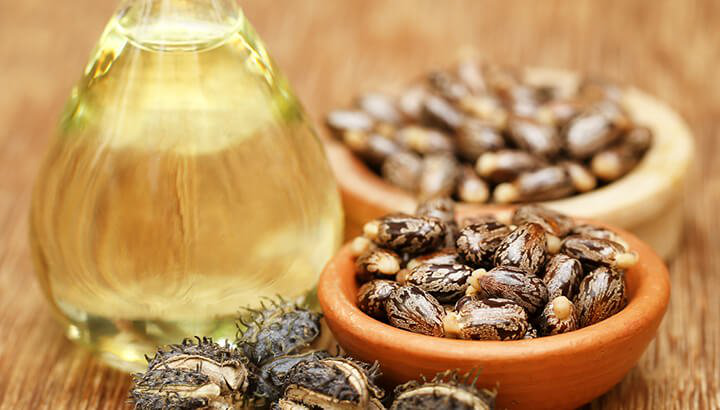
Known for healing properties, castor oil is effective on age spots. You can apply directly onto the skin and massage until it is absorbed.
Do this in the morning and again in the evening. You should see changes in about a month. Those with dry skin can mix some almond oil, olive oil, or coconut in for moisturization.
Age Spot Prevention
Though you can’t always prevent age spots, there are some ways to reduce the chance of getting them. Don’t go in the harsh sun during the main part of the day. Be sure to wear your sunscreen with a rating of at least 30 SPF. Make sure to use it about a half an hour before going out. Apply after exercising, bathing or sweating. Wear protective clothes such as long-sleeved shirts and hats. Protect your sun with these steps to help prevent age spots.
